Applications
Ideal for biological treatment processes in:
Municipal wastewater treatment plants
Chemical industry effluents
Dyeing and textile wastewater
Landfill leachate
Food processing wastewater
Other industrial wastewater with high salinity
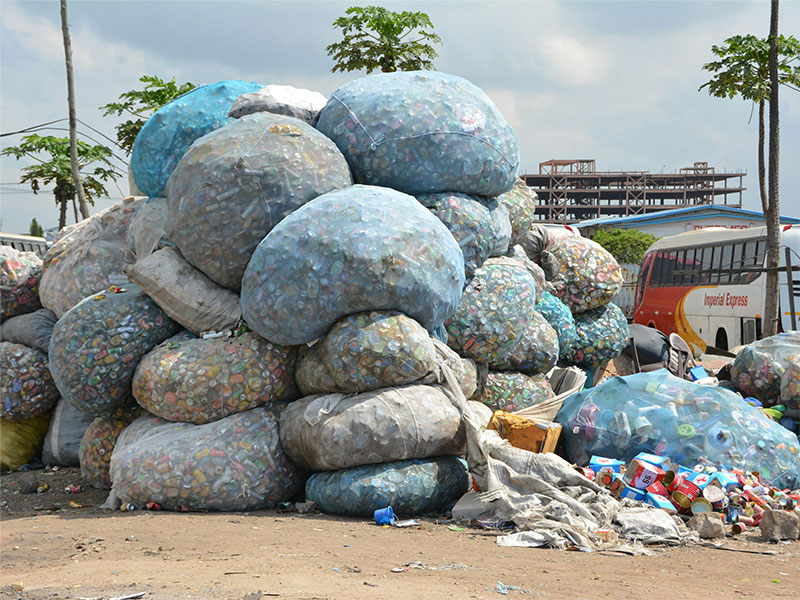
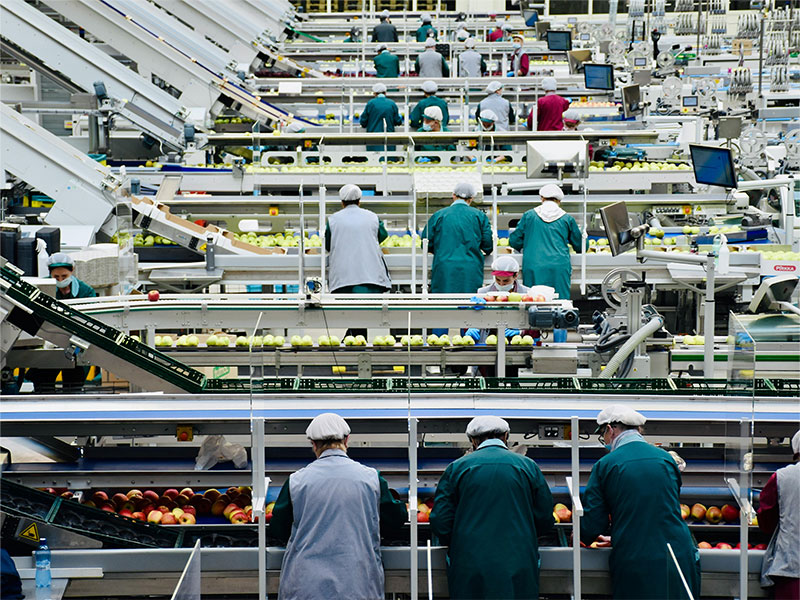

Landfill leachate
Food processing wastewater
Chemical industry effluents
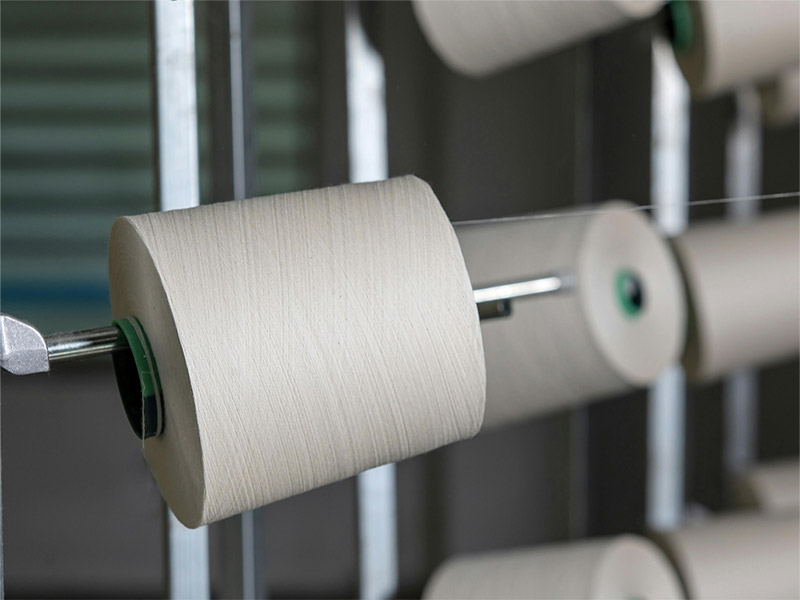
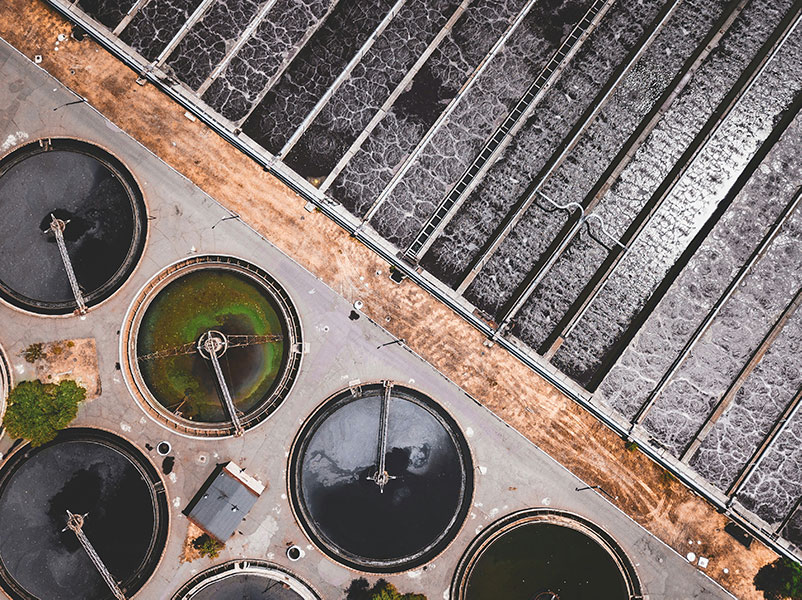
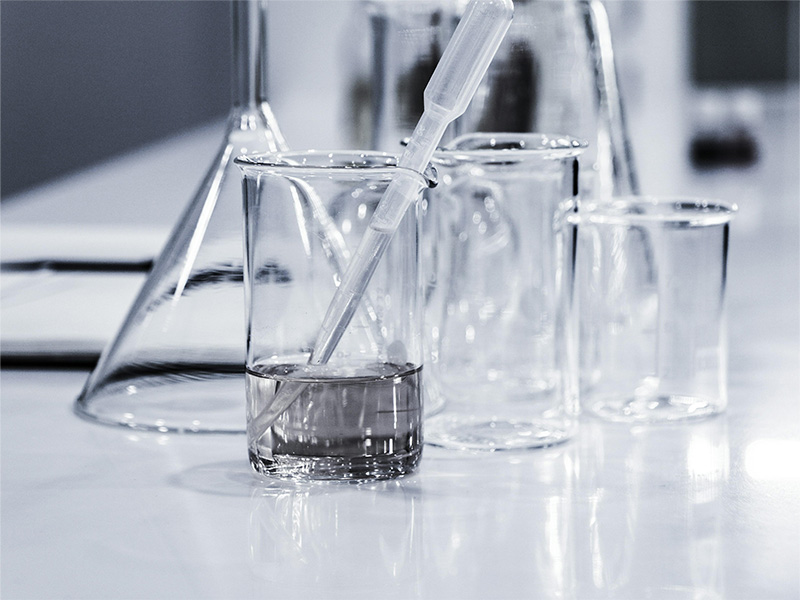
Dyeing and textile wastewater
Municipal wastewater treatment plants
Other industrial wastewater with high salinity
Key Benefits
Rapid Adaptation in Salinity up to 10% (100,000 mg/L):
Quickly acclimates to high-salt conditions and adheres effectively to biofilm carriers in biological systems.
Enhanced Pollutant Removal Efficiency:
Improves degradation of organic contaminants (BOD, COD, TSS), ensuring effluent quality meets discharge standards even in saline environments.
Improved Sludge Settling & Shock Resistance:
Helps maintain system stability under fluctuating influent conditions, preventing sludge bulking or floating, and optimizing effluent clarity.
Dosage & Usage Instructions
|
Wastewater Type |
Initial Dosing |
Shock Load Recovery Dosing |
| Industrial Wastewater | 100–200 g/m³ (based on bioreactor volume) | 30–50 g/m³ |
| Municipal Wastewater | 50–80 g/m³ (based on bioreactor volume) | – |
Optimal Operating Parameters
|
Parameter |
Recommended Range |
Optimal Condition |
Remarks |
| pH | 5.5 – 9.5 | 7.5 | Fastest growth between 6.6–7.8 |
| Temperature | 8°C – 60°C | 26–32°C | Above 60°C: lethal; Below 8°C: limited growth |
| Dissolved Oxygen | ≥ 2 mg/L | – | Aerobic metabolism accelerated 5–7× with sufficient oxygen |
| Trace Elements | – | – | Requires K, Fe, Ca, S, Mg – typically present in soil/water |
| Salinity Tolerance | Up to 10% | – | Designed for high-salinity wastewater |
| Toxicity Resistance | – | – | Resilient to chlorides, cyanides, and heavy metals |
Note: If biocides are present in the treatment zone, evaluate their potential impact on microbial activity prior to application.









